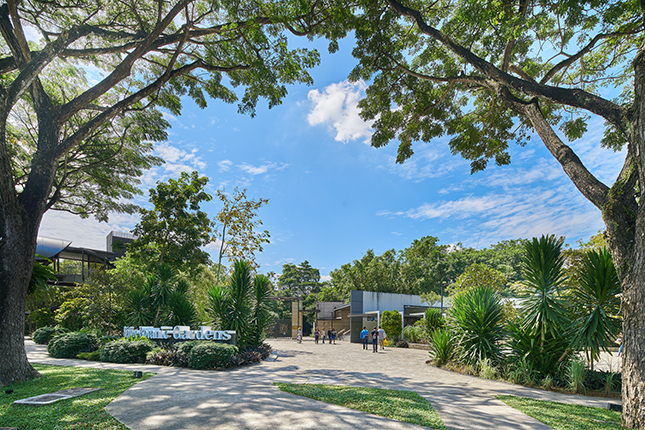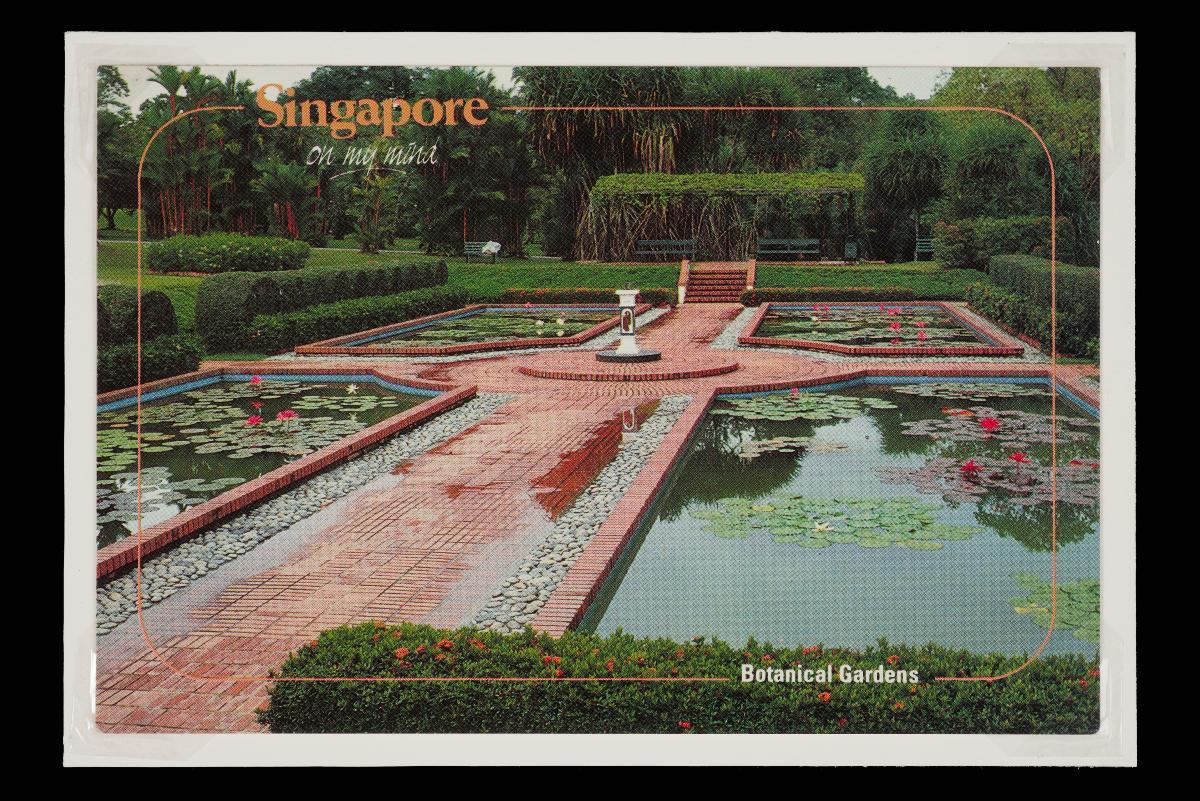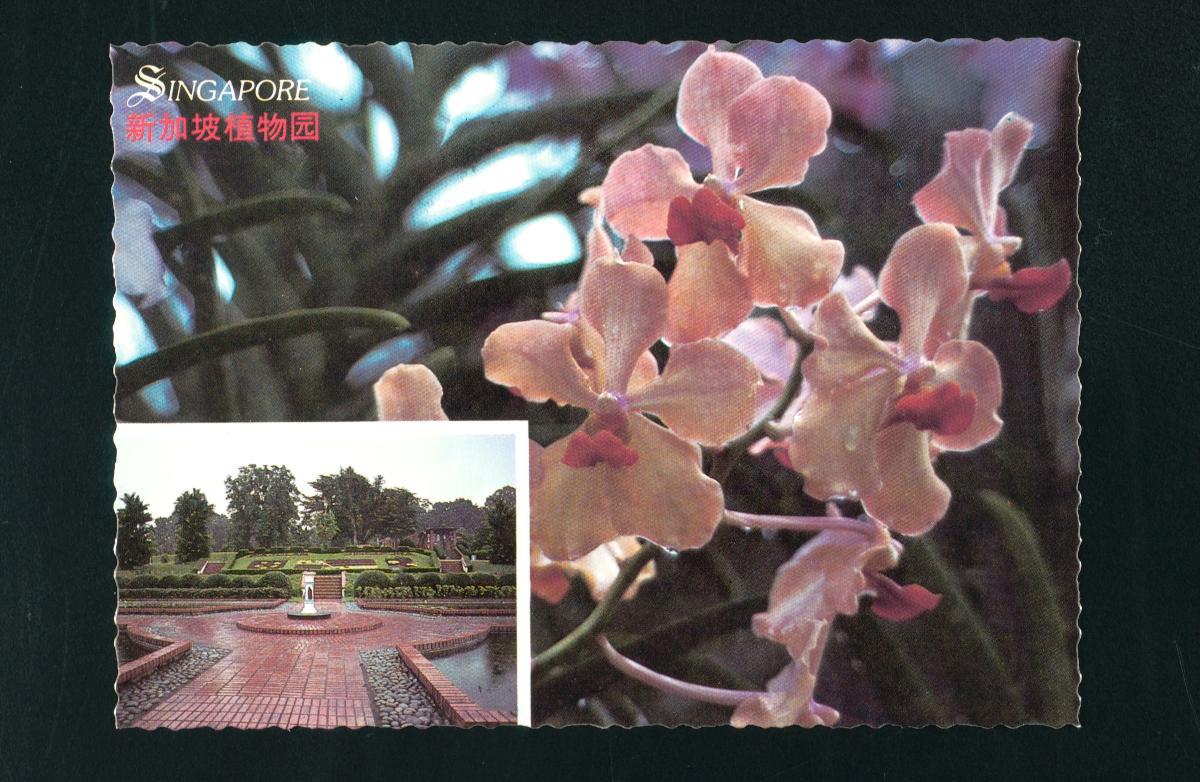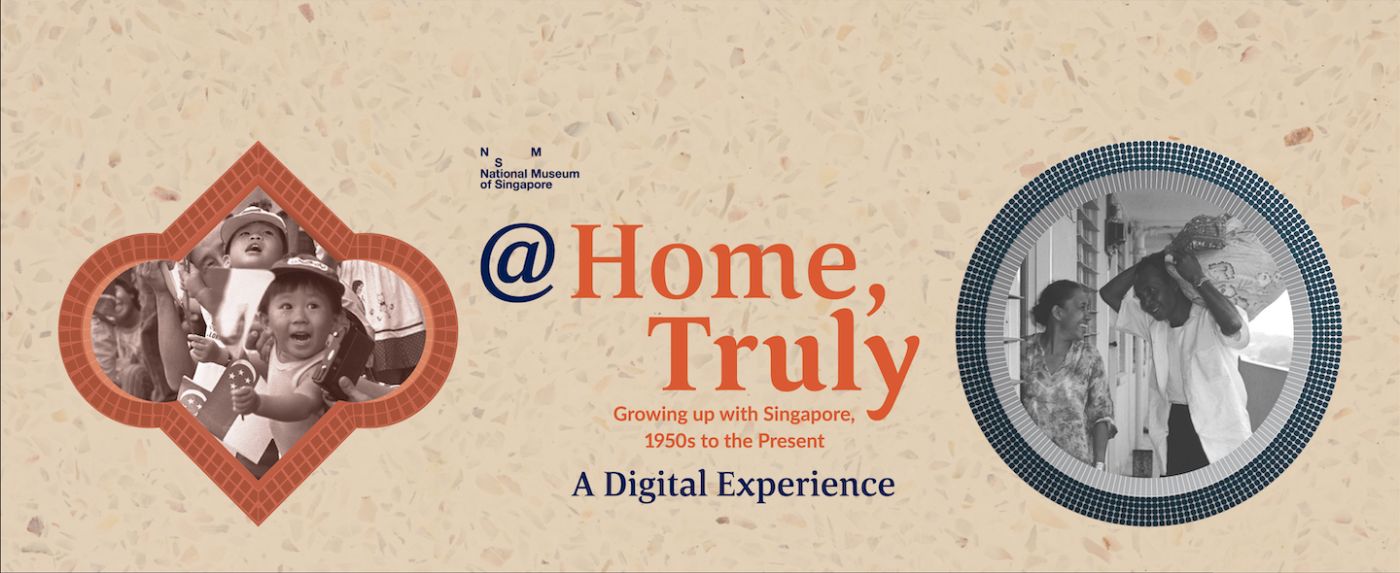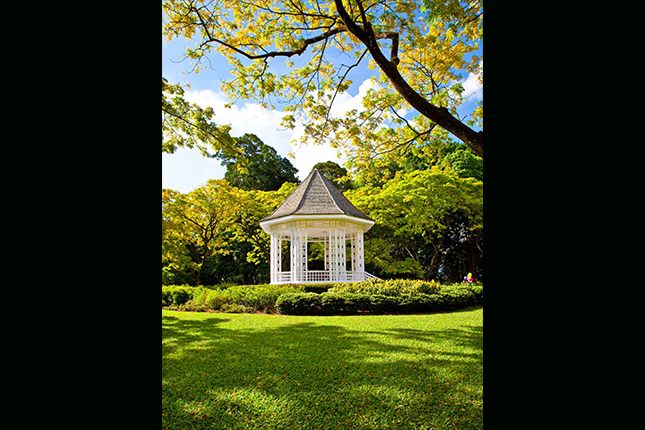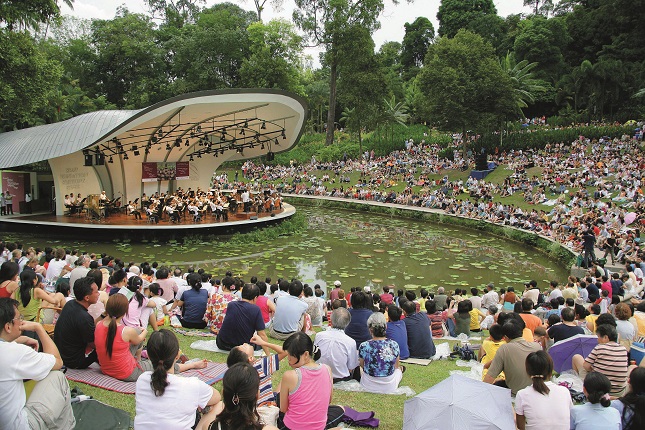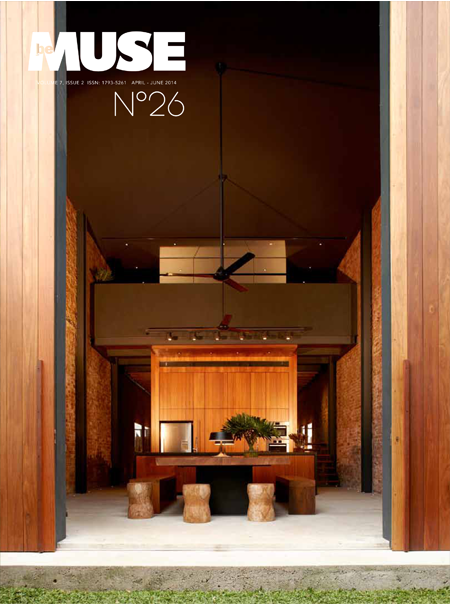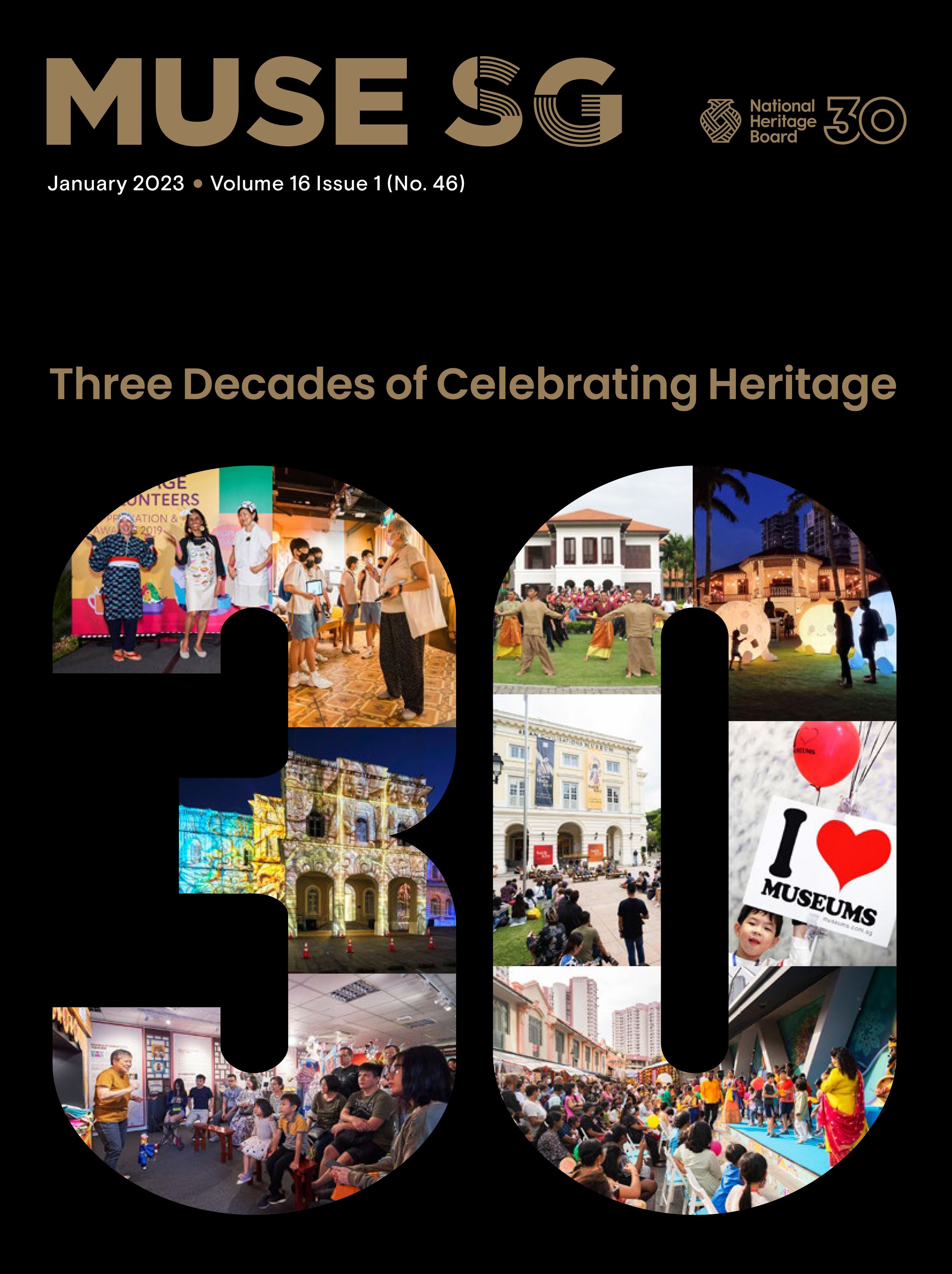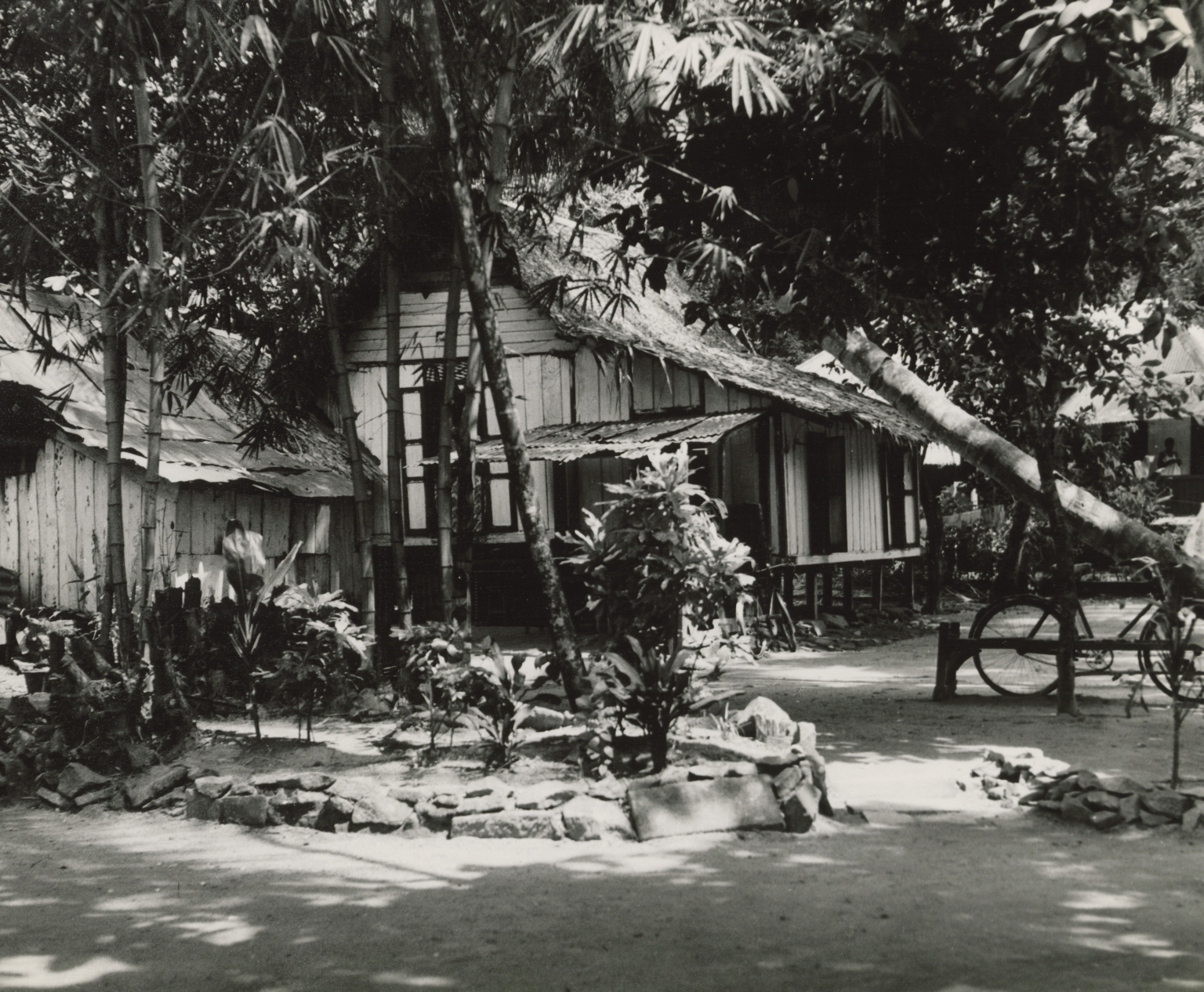The Singapore Botanic Gardens is a UNESCO World Heritage Site and a vital centre for conservation, research, education and community recreational use. Founded by the former Agri-Horticultural Society in 1859, the Gardens originally spanned 23 hectares, including six hectares of primary rainforest that still remain today.
Originally laid out in the English landscape style under its first superintendent Lawrence Niven, the Gardens was characterised by rolling hills, open lawns, winding paths and panoramic views. Subsequent leaders of the Gardens included Henry James Murton, who started plant research efforts, and Henry Nicholas Ridley, who, together with plantation owner Tan Chay Yan, pioneered large-scale rubber cultivation in 1896.
During the Japanese Occupation, former British governor Sir Shenton Thomas requested that the Japanese authorities preserve the Gardens’ natural heritage and scientific programmes. Botanist Kwan Koriba, a professor from the University of Kyoto, took over leadership of the Gardens, and British staff including former Gardens’ Director R. E. Holttum and Assistant Director E. J. H. Corner continued to work there.
After Singapore’s independence in 1965, the Gardens played a vital role in organising and supporting the young nation’s urban greening programmes. Today, the Singapore Botanic Gardens spans 82 hectares and houses 17 buildings and structures that have been accorded conservation status by the Urban Redevelopment Authority. The aforementioned buildings include Burkill Hall, the sole remaining example of an Anglo-Malay plantation-style house, and Atbara, the first Black and White bungalow in Singapore.




